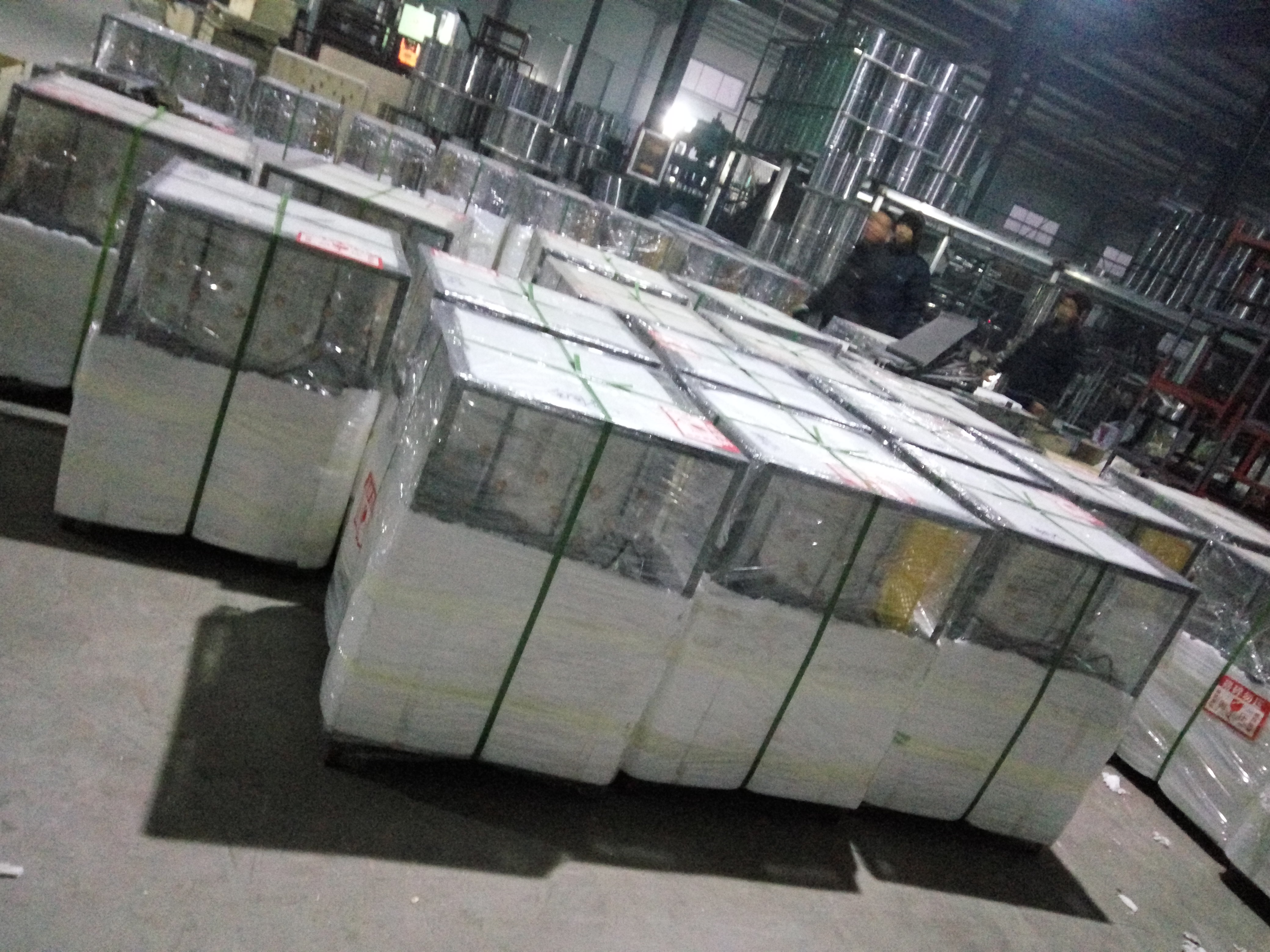Effective Farrowing Pens Design for Optimal Pig Welfare and Productivity
Dec . 09, 2024 20:07 Back to list
Effective Farrowing Pens Design for Optimal Pig Welfare and Productivity
Farrowing Pens for Pigs Enhancing Welfare and Productivity
Farrowing pens are essential components in modern pig production systems, serving as a controlled environment for sows to give birth and care for their piglets. The design and functionality of these pens are critical not only for optimizing space and resources but also for ensuring the health and well-being of both sows and their offspring. This article explores the significance of farrowing pens, their design features, and best practices for utilizing them effectively.
Importance of Farrowing Pens
Farrowing is a crucial period in pig production, as it directly impacts the survival and growth rates of piglets. During this time, the sow requires a safe and comfortable environment to deliver her litter and care for the newborn pigs. Farrowing pens provide this environment by offering adequate space and protection, which minimizes stress for the sow and ensures the piglets are safe from crushing and other hazards.
Moreover, a well-designed farrowing pen can improve overall productivity. With efficient layout and management, farmers can achieve higher piglet survival rates, better growth performance, and improved reproduction efficiency. This has a positive impact on the farm’s profitability, making it essential to invest in proper facilities.
Design Features of Farrowing Pens
1. Space and Layout A typical farrowing pen should provide sufficient space for the sow to lie down, stand up, and move about comfortably. It is generally recommended that pens be at least 5 to 6 square meters for a sow and her piglets. A well-planned layout ensures that the sow's movements are not restricted while providing safety for the piglets.
2. Heat Source Newborn piglets are vulnerable to hypothermia, and maintaining an appropriate temperature is crucial for their survival. Many modern farrowing pens are equipped with heating elements or heat lamps to ensure a warm environment for the piglets. The optimal temperature should be around 32-34°C for the first week of life, gradually decreasing thereafter.
3. Solid Panels and Barriers Farrowing pens should include barriers that prevent the sow from accidentally crushing her piglets. These can be solid panels that provide protection while allowing the sow to access her litter comfortably. Additionally, the design should encourage the sow to avoid lying on her piglets.
4. Cleaning and Sanitation Easy access for cleaning is a vital feature of effective farrowing pens. Smooth surfaces that prevent bacteria accumulation and adequate drainage systems can help maintain hygiene, minimizing disease risks. Regular cleaning routines are essential for the health of both sows and piglets.
farrowing pens for pigs

5. Feeding and Watering Systems Adequate access to nutrition is essential for the health of the sow and her litter. Farrowing pens should be designed to allow easy feeding and watering without excessive pressure on the sow. Automated or easy-to-access manual feeding systems can reduce stress during this critical time.
Best Practices for Managing Farrowing Pens
Effective management of farrowing pens involves not only their design but also how they are utilized. Here are some best practices to consider
- Monitor Health and Behavior Regular observation of the sow's behavior before, during, and after farrowing is crucial. Monitoring for signs of distress or health issues helps ensure better outcomes for both sow and piglets.
- Minimize Handling Stress Reducing unnecessary handling of the sow and her piglets during the farrowing period helps lower stress levels, which can have adverse effects on production and health.
- Provide Enrichment Environmental enrichment can help reduce stress and promote natural behaviors in sows. Simple objects like straw or toys can increase comfort and improve overall well-being.
- Training and Education Farmers and staff should be adequately trained in best practices for farrowing management, ensuring that they are familiar with the needs of sows and piglets during this critical time.
Conclusion
Farrowing pens play a vital role in modern pig production by providing a safe and comfortable environment for sows and their piglets. The thoughtful design and effective management of these facilities are crucial for enhancing animal welfare and improving productivity. By investing in high-quality farrowing pens and adhering to best practices, farmers can ensure the success of their operations while promoting the health and well-being of their livestock.
-
Hot Sale 24 & 18 Door Rabbit Cages - Premium Breeding Solutions
NewsJul.25,2025
-
Automatic Feeding Line System Pan Feeder Nipple Drinker - Anping County Yize Metal Products Co., Ltd.
NewsJul.21,2025
-
Automatic Feeding Line System Pan Feeder Nipple Drinker - Anping County Yize Metal Products Co., Ltd.
NewsJul.21,2025
-
Automatic Feeding Line System - Anping Yize | Precision & Nipple
NewsJul.21,2025
-
Automatic Feeding Line System - Anping Yize | Precision & Nipple
NewsJul.21,2025
-
Automatic Feeding Line System-Anping County Yize Metal Products Co., Ltd.|Efficient Feed Distribution&Customized Animal Farming Solutions
NewsJul.21,2025






